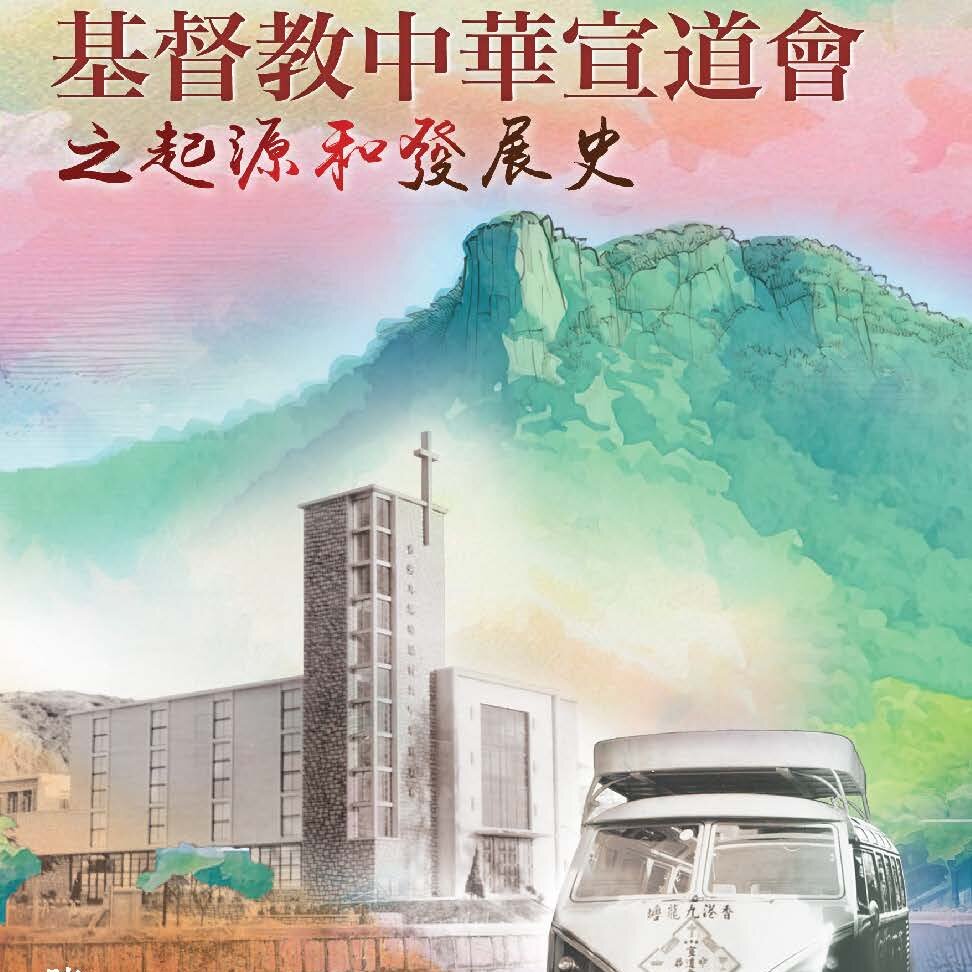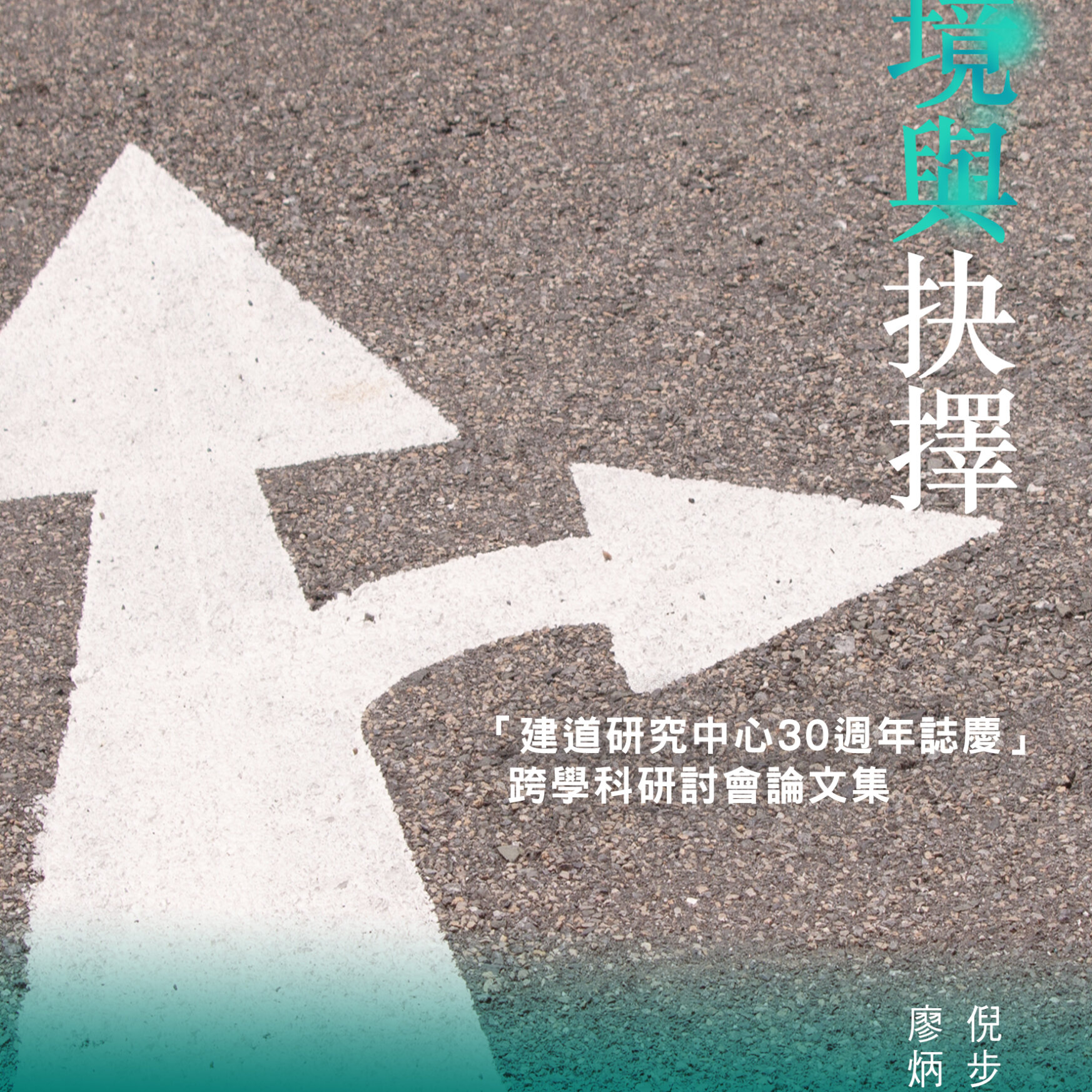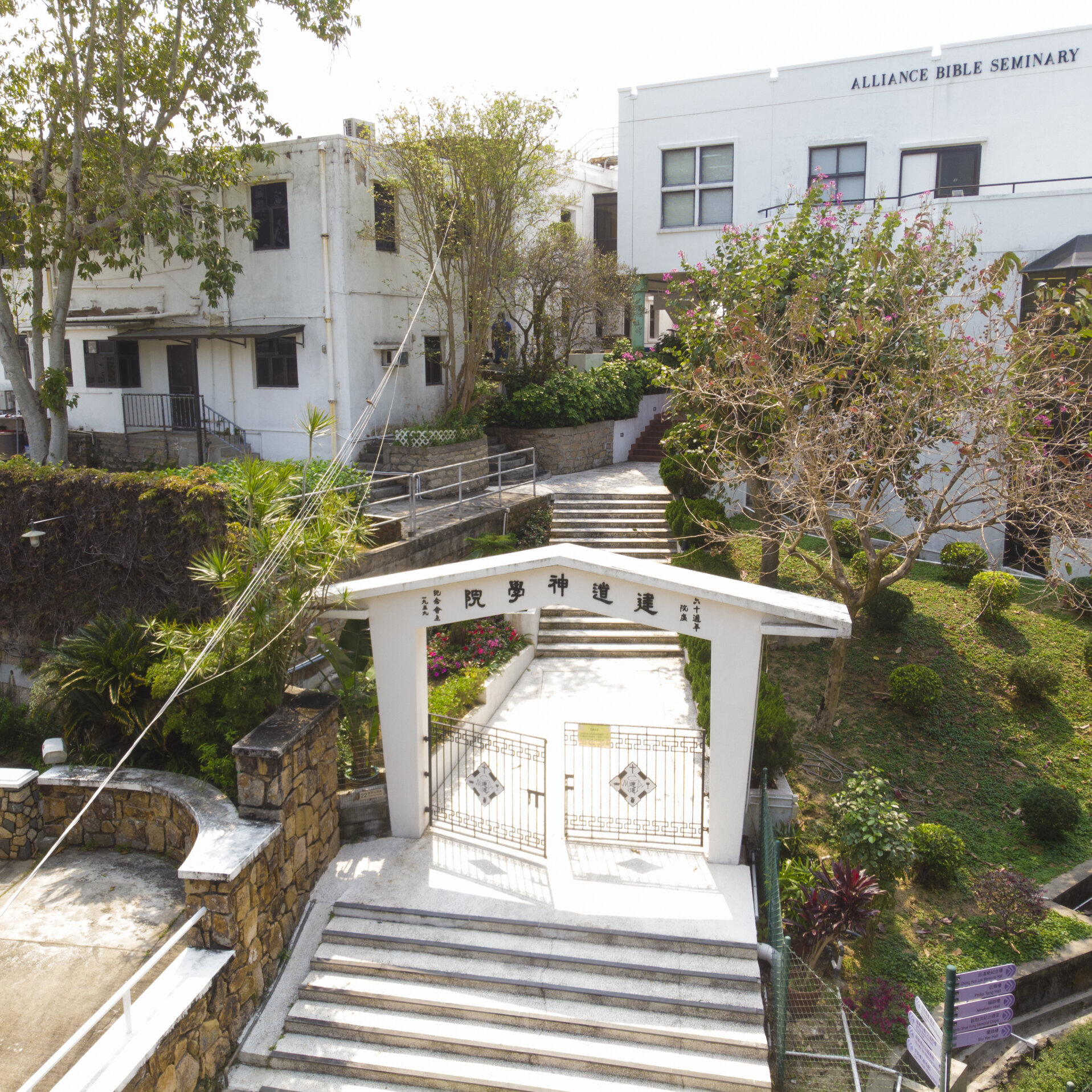GRAMMATICAL HISTORICAL METHODS AND THE CHINESE CHRISTIAN/Samuel Goth
Samuel Goth
撮要
在福音派學者所採用的文法歷史詮釋法裏,聖經詮釋的宗旨是尋回作者的原意。不過,這目的因赫爾胥與迦達莫理論之爭論而複雜起來,使人質疑讀者是否能真的完全不受個人的前設影響之下重述作者的原意。這議題又因新約作者引用舊約的一些例子變得更為複雜:他們往往會離開舊約作者的原意,給經文提供一個又新又切合他們時代需要的解釋,加劇了在詮釋過程中有關讀者前設的影響之長期辯論。當西方學界為此議題爭個不休的時候,讀者的前設已在中國解經人士中扮演了相當重要的角色;這點可從這種解讀對中國教會歷史的一些正面影響看出來。這歷史事實給聖經詮釋帶來了幾個重要的問題:身為華人,我們在解經過程中是否可以容許個人前設(文化價值觀等)? 若可以的話,到甚麼程度?
ABSTRACT
Central to the grammatical historical method as practiced by evangelical scholars today is the rediscovery of the authorial meaning of a biblical text. This intention, however, is complicated by the Hirschian versus Gadamarian debate on whether the reader can really reproduce the authorial meaning without being coloured by their pre-understanding. Further complication comes from the instances of the NT writers moving away from the authorial intent of an OT text and giving a new meaning which addresses their contemporary concerns. This has intensified the protracted discussion about the role of one’s pre-understanding in biblical interpretation. While the debate is raging on in the West, pre-understanding has played a rather important role among Chinese interpreters, as evidenced by the fact that such interpretations have left behind positive impacts on Chinese church history. This article raises two important questions: As Chinese exegetes, do we allow room for the reader’s preunderstanding (such as our cultural values)? If so, to what extent?
原載於《教牧期刊》第27期及《建道學刊》第34期合刊(2010年7月),頁51-69。
Latest Articles
新手牧者研究計劃(三):新手牧者的身心靈狀態 / 盧慧儀
2025 年 11 月 19 日
個體與關係:滕近輝思想中「深化」的靈性觀 / 倪步曉
2025 年 11 月 18 日
香港九龍塘基督教中華宣道會之起源和發展史/陳智衡
2025 年 10 月 20 日
Highlights
[電子書]困境與抉擇:「建道研究中心30週年誌慶」跨學科研討會論文集/廖炳堂、倪步曉主編
2025 年 1 月 2 日
從梧州到長洲:建道神學院125年的挑戰與恩典 / 陳智衡
2023 年 10 月 1 日
微小教會的見證/高銘謙
2023 年 6 月 1 日







